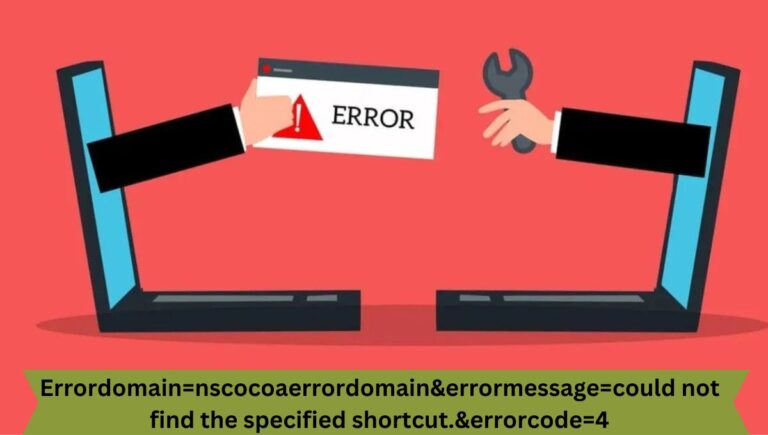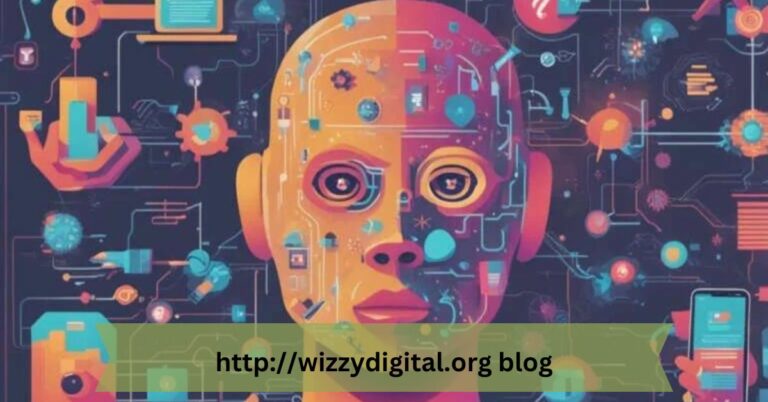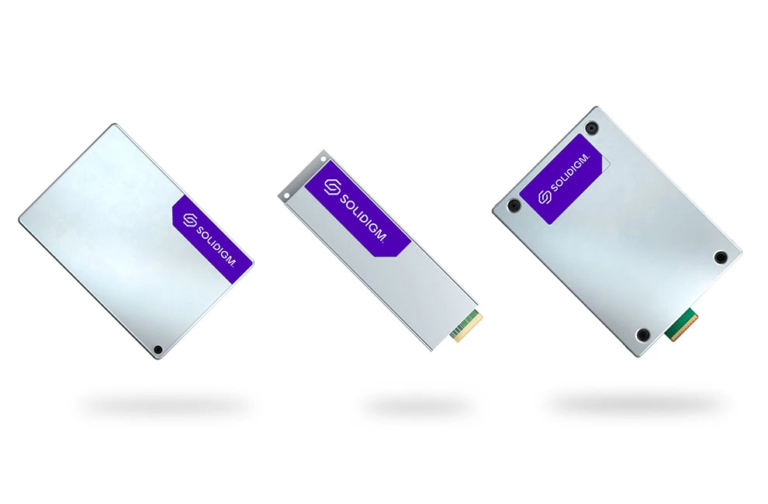Cloud Computing – Revolutionizing Business Operations and Digital Transformation!
Introduction to Cloud Computing
Cloud computing has emerged as a transformative technology that enables businesses and individuals to access computing resources, storage, and applications over the internet, rather than relying on local servers or personal devices. This article explores the fundamentals of cloud computing, its benefits, types of cloud services, adoption trends, and considerations for businesses and consumers.
Understanding Cloud Computing
1. Types of Cloud Services
Cloud computing encompasses three primary service models:
- Infrastructure as a Service (IaaS): Provides virtualized computing resources over the internet, including servers, storage, and networking.
- Platform as a Service (PaaS): Offers a platform and environment for developers to build, deploy, and manage applications without managing underlying infrastructure.
- Software as a Service (SaaS): Delivers software applications via the cloud on a subscription basis, eliminating the need for installation and maintenance.
2. Benefits of Cloud Computing
Cloud computing offers numerous advantages for businesses and users:
- Scalability: Easily scale resources up or down based on demand, optimizing cost efficiency.
- Flexibility: Access data and applications from any device with an internet connection, promoting remote work and collaboration.
- Cost Savings: Reduce capital expenditures on hardware and maintenance, paying only for the resources used.
- Reliability and Security: Cloud providers offer robust security measures, data backup, and disaster recovery, ensuring data integrity and availability.
Adoption Trends in Cloud Computing
1. Enterprise Migration to the Cloud
Businesses are increasingly migrating critical workloads and applications to the cloud to streamline operations, enhance agility, and innovate faster. Cloud adoption accelerates digital transformation initiatives by leveraging scalable, reliable, and cost-effective cloud services.
2. Hybrid and Multi-cloud Strategies
Organizations deploy hybrid and multi-cloud architectures to leverage multiple cloud providers and environments, optimizing performance, resilience, and compliance with regulatory requirements. Hybrid models integrate on-premises infrastructure with public and private cloud services.
Considerations for Cloud Computing Adoption
1. Security and Compliance
Prioritize cloud providers with robust security protocols, compliance certifications (e.g., GDPR, HIPAA), and data encryption to protect sensitive information and maintain regulatory compliance.
2. Performance and Reliability
Evaluate service-level agreements (SLAs), uptime guarantees, and disaster recovery capabilities to ensure reliable access to cloud services and mitigate downtime risks.
Future Trends in Cloud Computing
1. Edge Computing
Edge computing extends cloud computing capabilities closer to the data source or end-user devices, reducing latency and enabling real-time processing for IoT applications, autonomous vehicles, and immersive experiences.
2. Serverless Computing
Serverless architectures abstract infrastructure management, allowing developers to focus on application development without provisioning or managing servers. Serverless computing scales resources automatically and charges based on actual usage.
Conclusion
Cloud computing continues to redefine the way businesses operate, innovate, and deliver services in the digital era. By embracing cloud technologies, organizations can enhance agility, scalability, and operational efficiency while reducing costs and accelerating time-to-market for new initiatives.
Whether you’re considering cloud migration, exploring cloud solutions for your business, or curious about the future of cloud computing, understanding its capabilities and strategic implications is essential for leveraging technology to drive growth and competitive advantage.






